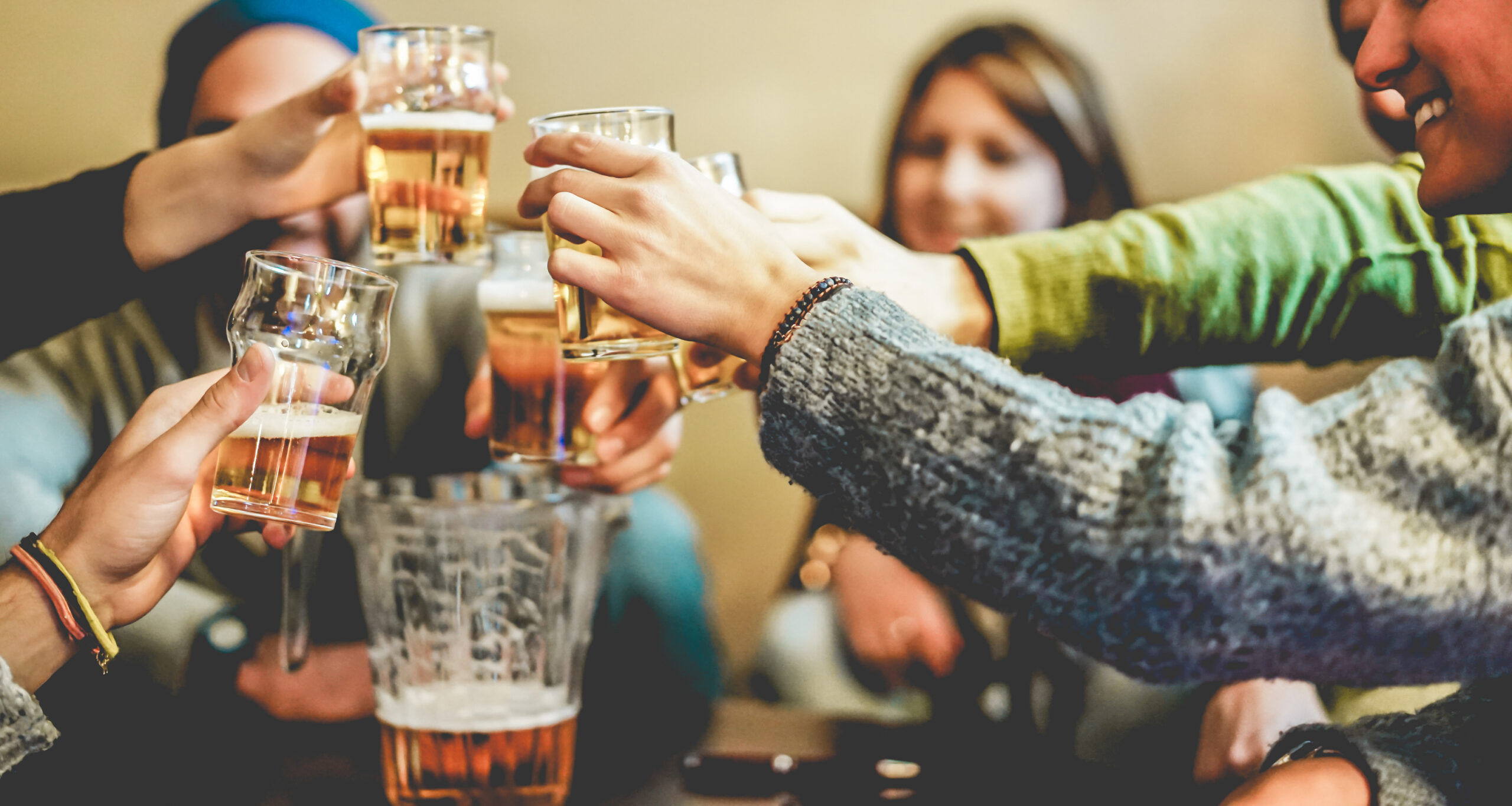Post-pandemic saw a surge in people wishing to make the most of the lost time spent in lockdown. As many people returned to attending social events, the hospitality industry tried to return to normal and claw back lost revenue. Many bars had promotional offers to get the footfall back. Festivals came back in full force.
Unfortunately, this period also saw a significant increase in reports of spiking, including both drink spiking and injection spiking, the latter being a relatively new form of reported spiking.
Both can leave the individual incapacitated and at an increased risk of sexual assault. Many of these drugs, like GHB, disappear from the body quickly (typically within 6 to 12 hours) and are therefore completely undetectable by the next day. As a result, even if an individual reports their concerns to law enforcement or seeks medical attention, the drug may no longer be detectable through testing. Trying to see a pinprick where you have been injected may also be impossible.
Spiking can occur in various scenarios, but it is most commonly associated with drinking in a bar. However, it can also happen during a date in someone’s home, and there have even been reported cases of it happening within a relationship.
When a large amount of alcohol has been consumed, an individual may feel the symptoms are a result of excess alcohol consumption, rather than their drink having been spiked.
If someone is in a crowded area and feels something sharp, they might mistake it for being scratched or hurt by someone’s bag or clothing as they pass. It is unlikely that their first reaction would be to think they have been injected with a drug.
Identifying perpetrators can often be difficult, as a drink can be quickly spiked without raising much suspicion, or the victim may be injected in a crowd of moving people in the dark.
There have always been stories of someone you knew who had their drink spiked, and during college welcome week, the stark warnings of the risks were emphasized to students, much like at other key points in life growing up. However, over the years, this issue has become less discussed or considered a threat in mainstream media, perhaps wrongly so.
Statistics on reported spiking are likely far lower than the reality due to the issues mentioned above. People often wrongly believe that only women are targeted, but statistics have shown this is not the case. A 2023 survey found that around 50% of both women and men surveyed had their food or drink spiked at least once.
There have been a number of steps put in place to try to prevent spiking. These include:
- The mass production of drink covers and bottle stoppers. Several establishments serving alcohol began to hand these out for free. These are often seen at festivals or student events.
- Some bars have drink strips and stickers that can be dipped into the drink to detect a drug by turning different colors.
- Drink covers in the form of scrunchies are also now on sale, easily wearable on the wrist.
All of the above can also be easily purchased online.
Spotting the signs can include a drink that is fizzing excessively, has a change in taste or color, or appears cloudy.
Trying to prevent spiking is one thing, but there are also some steps to take if you think your drink has already been spiked.
- Event organizers normally have some form of security. If there is a concern that you or a friend have had drinks spiked or been injected, raise alarm with security or bar staff.
- University campuses typically offer a safeguarding number that students can call in case of emergencies or if they feel unsafe.
- Smartphones now have a ‘find my friend’ function, allowing you to share your live location if you feel you are about to pass out.
- One of the most important things is to avoid leaving the venue alone, as this is usually what an attacker is aiming for. If you are alone, call a loved one for help.
- Last but not least, report any concerns to the police and seek medical attention.








Leave A Comment